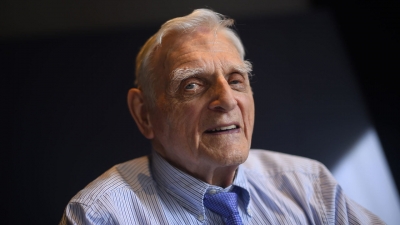What is Thomas Edison famous for?
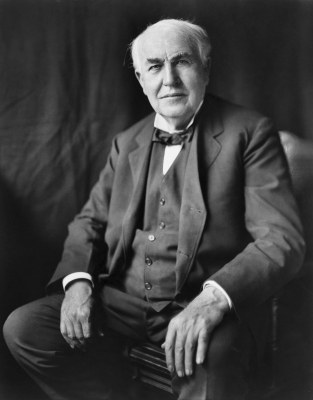
What do the Wright Brothers, Steve Jobs, Bill Gates, Mark Zuckerberg and Thomas Alva Edison have in common? All of them became immensely successful in their fields even without a college degree!
The Wright Brothers never graduated from high school; Jobs, Gates and Zuckerberg are all Harvard dropouts. And Edison, the inventor of the practical light bulb and other devices, too never went to college. In fact, Edison, who was homeschooled for a few years, could not afford further education. Instead, he used his genius to come up with inventions that changed the world.
Early life
Born in February 11, 1847 in Ohio, Edison attended school only for a few months before dropping out. His mother, who was a teacher, taught him at home. When the Civil War broke out, Edison worked as a telegraph operator to support his family. However, a childhood illness had left him hard of hearing. The problem intensified after a train conductor allegedly boxed his ears for setting up a makeshift laboratory inside a train compartment. Working on devices to improve his hearing, Edison found his calling!
As an inventor
A curious kid from the start, he loved conducting chemistry experiments, he set up a small laboratory and workshop in Menlo Park, New Jersey, where in 1877, he developed a carbon transmitter to improve the quality of sound on the telephone. His work further led him to build a phonograph, a device that recorded and reproduced sound. The phonograph played such an important role in the development of the music recording industry that the Grammy awards were initially going to be named the Eddys after the inventor. It earned him the sobriquet ‘the Wizard of Menlo Park.’
Sparking an idea
Almost anyone can name the inventor of the light bulb. For over 50 years, scientists had been grappling with inventing a safer alternative to the conventional gaslight, but it was Edison, who came up with the inexpensive and safe electric light bulb. With prominent financial backers such as J.P. Morgan and the Vanderbilt family, Edison set up the Edison Electric Light Company and began research and development. He achieved a breakthrough in October 1879 which proved to be the key to the invention of a long-lasting and affordable light bulb. Edison’s invention became phenomenally successful and was even used at events such as Paris Lighting Exhibition in 1881 and the Crystal Palace in London in 1882. Riding on this success, he founded the General Electric Company in 1892.
Battery Life
Like Edison, automaker Henry Ford too was a pioneer in his field. At Ford’s request, Edison designed a car battery, which was introduced on the iconic Ford Model T. The nickel-iron batteries were longer-lasting compared to lead batteries, and were an early effort at developing an electric vehicle. It also marked the beginning of a lifelong friendship. They often went camping together and even built homes next to each other.
Rivalry with Tesla
The rivalry between Thomas Edison and Nikola Tesla is well known. Unlike Edison, Nikola Tesla’s inventions were not as celebrated in his day. Tesla, a brilliant scientist, was instrumental in the invention of x-ray and wireless communication, but would not market himself well and did not receive finding too. On the other hand, Edison had a business mindset in addition to his ingenuity, which helped steer his success. He held as many as 1,093 patents in the U.S., and more than 1,000 patents from 34 different countries.
Breathing his last
After years of pioneering research, Edison died on October 18, 1931 due to complications from diabetes. His last breath is reportedly contained in a test tube at the Henry Ford museum. BUT Edison’s legacy lives on every time we turn on the light or listen to a song, or even click a picture!
Oh really?
- Edison used to carry a small notebook in his pocket to note down any new idea that might strike him. The ideas were also accompanied by rough sketches of the devices.
- His first patent was for an automatic ‘vote recorder’, a predecessor of the modern EVM machines.
- Edison’s first laboratory was built inside the compartment of an abandoned train. Edison pioneered the industrial research laboratory, where up to 200 inventors worked with him. The lab was a cradle of research, and paved the way for new research institutions, dedicated to innovation.
Picture Credit : Google
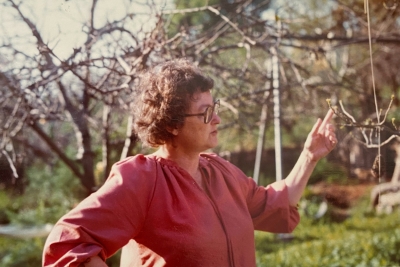
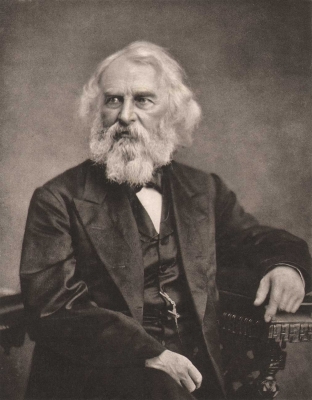
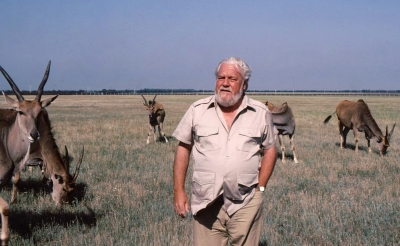





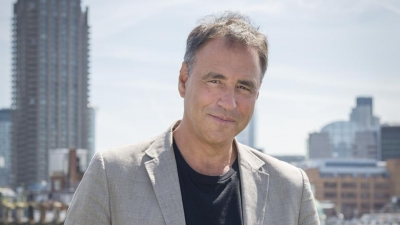
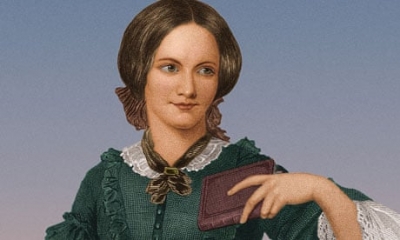
 600,000. The miniature book will be displayed at the Parsonage Museum, built in the Brontes’ old home in Haworth.
600,000. The miniature book will be displayed at the Parsonage Museum, built in the Brontes’ old home in Haworth.

